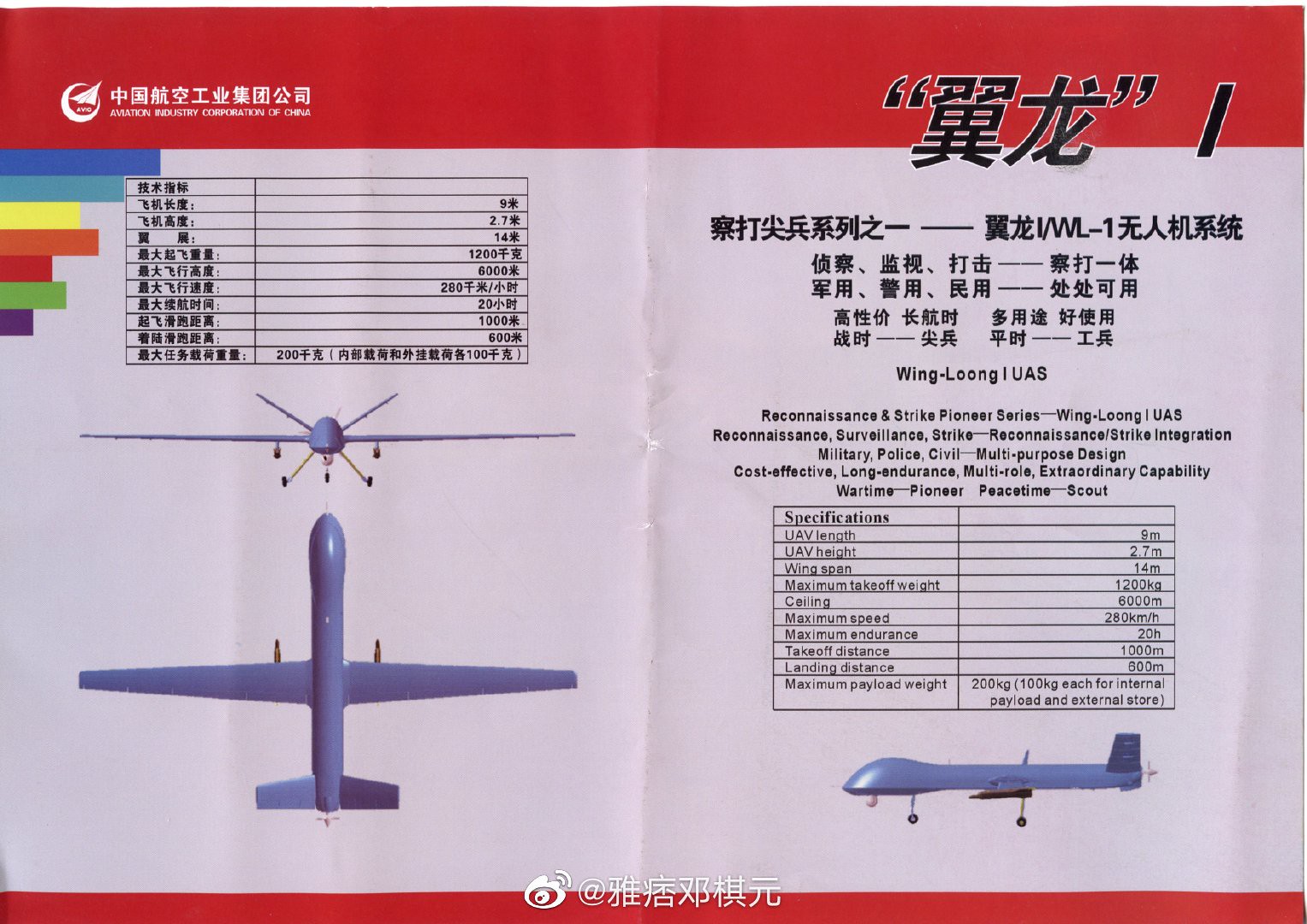Pointless intellectual wankfest with this. I shouldn't have said it's in service. Presenting those facts should be enough for most to make up their minds, not that what any of us think matters an iota. The original question about why UCAVs from USA, China, Russia, and Europe have not filled air superiority roles yet has been answered.
The question of why UCAVs have yet to fill "air superiority roles" is a much more complex question to answer than to clarify the meaning of what "in service" may mean for GJ-11.
And for this particular thread given it is about Chinese UAVs and UCAVs, I think it is quite useful for us to clarify what the likely service status of GJ-11 is.
The question of why UCAVs have yet to fill "air superiority" roles has already been largely answered by various replies in the last page or two including your own at 3787.
Technology for UCAVs and control of UCAVs as well as the right balance of onboard capabilities and cost and autonomy has yet to reach a sweet spot where they are a viable supplement to manned aircraft in the A2A role. In the near future it's likely that UCAVs will operate alongside manned aircraft in a MUMT fashion, acting as more attritable and dispersible stealthy weapons and sensor platforms to enhance the situational awareness and tactical flexibility of manned aircraft in the A2A role.
But the balance of tech and cost and capability probably isn't there yet.
Some people may have a vision of A2A UCAVs dogfighting against opposing fighters where the lack of a pilot will allow the UCAV to pull significant Gs, but in reality it's likely to be far less drastic, and instead will see UCAVs duplicating various elements of manned fighter aircraft (sensors, datalinking, weapons) and act as an attritable unmanned stealthy swarm/formation that supplements (and is controlled by) your manned fighters.




